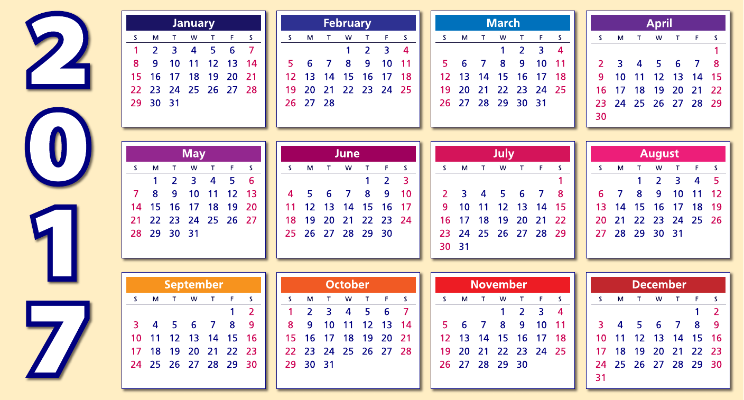
HOW LONG DOES IT TAKE TO GET A JOB?
How long does it take to find and start a job? That’s a question we often hear. Of course, it all depends but some general timelines might help you understand that NOW is the time to start because it can often take six months to find, apply, interview, and start a new job. This is especially true when transitioning out of academia into industry. This means that you need to start looking for a position well before you need to make the move.
Why so long? Many factors play a role. When you are trying to do something you haven’t done before (such as conducting research in a new environment with expectations and dynamics totally different than you are used to) it can take a long time for companies to consider you. That’s because they often have candidates who have already worked in industry and adjusted to the pace and mindset of a company.
In general, smaller companies tend to hire faster than larger ones. Large companies often have long hiring processes. Initial screens may be done by HR representatives before the hiring manager calls to speak with you. More candidates and more people on the interview itineraries mean scheduling can take months to complete, and it may be several days before feedback is collected from participating parties. After that, references need to be checked, and offers take time to assemble. It is not unusual for the entire process to take six months.
Hiring managers at smaller companies can often make decisions faster. With less “process” and fewer people, it is not as complicated. Hiring can still take months, though. Specifics of the job, amount of experience needed, competition in the marketplace, and number of applicants all have an impact on the time it takes a company to hire someone.
So how do you shorten the hiring time?
The answer is to be ready at the best time. When is the best time? Before the job gets advertised!
Hiring managers would love to find and hire a person with the right personality and skills without having to read 200+ resumes, phone screen six to ten people, schedule their department and leadership to interview four or five people in person, and make an offer that isn’t accepted, just to start all over again!
To find opportunities that are not yet advertised, make use of your networks. Let your LinkedIn contacts and other friends know that you are ready to explore a career move and what job you would like to find. When they hear of an opening, they will reach out to you or, better yet, refer you for the position. You need to be sure your resume is ready to share before that happens!
The first and biggest issue we see with candidates is that their resume is either a relatively uninformative C. V. format, or it has good structure, but is written in descriptive terms with information of little importance to an industry hiring manager. Make sure your resume communicates your productivity, communication skills, and cooperativity.
www.ScientificResumes.com was developed to help you create a resume that will do just that and increase your chances of getting interviewed. We provide the tools you need to make your resume stand out and express your scientific expertise in a way that is meaningful to an industry hiring manager. Our tools were created by scientists for scientists. Our purpose is to help scientists like yourself get into and advance in industry.
You also have the option to have your resume professionally reviewed by other scientists and returned with comments. This is a small investment that will help you start and grow in your career.
Once your resume is ready to go, click HERE for a current list of open positions that do not require prior industry experience.
Connect with me on Linkedin and request a 10% discount code for use on the www.scientificresumes.com site!